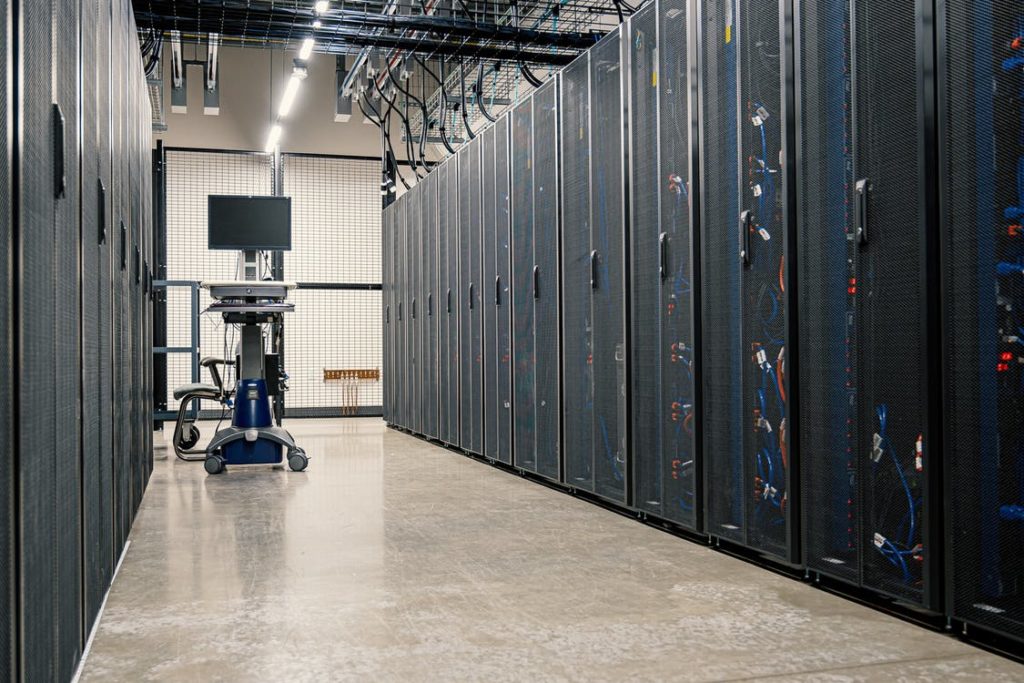Back in 2020, DigiPlex published, Will your IT withstand a sustainability review, which acknowledged that digitalisation has increased energy consumption.
“Every internet search, every streamed song and every electronic transaction consumes energy. Each action is tiny, but the enormous growth in digital activity now consumes massive amounts of energy,” said DigiPlex CEO Wiljar Nesse.
The Uptime Institute’s 2021 Global Data Center Survey revealed that organisations are not closely tracking their environmental footprint despite the global sustainability push. The Institute noted that while most datacentre (DC) owners and operators track PUE and more than 80% measure power consumption rates and effectiveness, many still are not prioritising vital metrics for improving and reporting sustainability.
DC growth in Asia

The IDC Asia Pacific Datacentre and Spend Forecast 2021 report revealed that China, Korea and India remain the biggest markets for DC deployments in the region. However, Taiwan, Indonesia and Singapore are the higher growth markets.
William Lee, research director for cloud and data centre research at IDC Asia/Pacific says the proliferation of mobile devices and IoT will push workloads closer to the user and the edge of the enterprise in both an organisation and infrastructure context.
“Along with data sovereignty laws, it will drive demand for physical DC presence and the development of sub-regional locations beyond the traditional regional hub of Singapore and Hong Kong," he added.
With data centres in Asia beginning to age, IDC observed a shift towards provider-operated infrastructure.
“Many enterprise datacentres are ageing and are struggling to keep up with the demands of digital transformation (DX). Next-gen applications are placing workload demands on legacy datacentres that aren’t sufficiently engineered to handle the power and cooling requirements."
William Lee
What DC growth means for businesses in Asia

Asked what the continued growth in DC footprint means to the region, Lee stressed that for enterprise businesses and end-users, it provides an opportunity to optimise their infrastructure deployment based on their workload requirement.

“It will also see increased demand for service providers on migration, integration and security services in the region,” he added.
Kelvin Fong, managing director for EdgeConneX’s APAC region posits that as more firms look into digitalisation as both a survival mechanism and a driver of growth, the growth of data centres (DCs) provides businesses with capacity for data storage which in turn enables them to capitalise on the demand for more technology-driven services and capture the younger market segment.
“In turn, end users will benefit by being able to access a broader range of services and platforms that are housed in the cloud or otherwise,” he continued.
DC operator challenges
Omdia says increasing compute requirements continue to drive data centre development requiring new approaches to thermal management. “At the same time, data centre operators and end-users are looking for data centres with sustainability credentials and are making purchasing decisions based on the presence of practices that reduce greenhouse gas emissions,” it concluded.
According to Fong, DC operators face three main challenges: the acquisition of real estate, meeting power demands and the regulatory landscape.
He explained that rising real estate prices, and land zoning and titles have added layers of complexity for DC builders and operators. In addition, some markets like Singapore, Malaysia, Thailand and Vietnam have ratified the 2015 Paris Agreement and are committed to emissions reductions in the next decade and reaching net zero by 2050. This means that additional power for the sector must come from renewable sources.
He also stressed that the region’s complex regulations can result in red tapes and other obstacles for providers entering a new market.
“DC service providers can tackle these challenges by developing in-market strategies that are specific to each city and engaging in local partnerships to ensure the smoother development of data centres.”
Kelvin Fong
IDC concurs noting that energy management is the top priority for DC providers in the region because of the increasing energy prices as well as the growing power density of modern DCs. Connectivity and rebalancing workloads to the cloud is also a priority as cloud-centricity moves up as a key strategy.
Lee added that data governance rules are also putting greater emphasis on data security/privacy compliance which DC service providers would need to adhere to, paving the way for some stringent SLAs.
“Many organisations are challenged by the ability to link environmental and financial key performance indicators (KPIs), often citing unfamiliarity with identifying, implementing, and measuring ESG metrics. This is an area of opportunity for DC providers,” posited Lee.
Towards greener DCs
The cost of power is increasing the operating expenses over the life of a DC. Mordor Intelligence forecasts the Asia Pacific Green Data Center Market to register a CAGR of 20.6% during the forecast period 2021-2026, with Singapore accounting for 60% of Southeast Asia’s total DC supply.
Lee acknowledged that more than half of enterprises have included the reduction of energy usage in their ESG initiatives.
“Key sustainability reporting metrics for DC operators will follow an order of priority: reduction in energy usage, investment in renewable energy sources, diversity and inclusion and the use of recyclable IT equipment and circular economy principles,” he added.
EdgeConnex’s Fong suggests that when considering sustainability, we have to move away from a microscopic view and take a holistic approach to consider how data centres can be imbued with green practices.
“Renewable energy sources are the future of power but the construction of DCs itself should also be greener. From an engineering perspective, providers can look into how they are deploying products and the way designs can minimize waste and lessen water usage.”
What lies ahead for DCs of tomorrow?
According to IDC, not all workloads will go onto the public cloud and it also doesn’t make sense to run everything on shared cloud infrastructure for security and performance reasons.
IDC is optimistic for the future of DCs despite the notable shift in migration to public clouds dominated by hyperscalers. Lee pointed out that the move to the public cloud only drives the demand for Provider-Operated Infrastructures because of the need for cloud connectivity in a hybrid cloud environment.
He also stressed that the shift to a modern DC is necessary to support new cloud-native and next-gen workloads. DC service providers not only support the enterprise customers but also help public cloud service providers to expand their reach to edge locations.
For his part, Fong is quick to remind us that growth is not exclusively driven by hyperscalers. DC service providers will find business from gaming and e-commerce sectors, for example.





